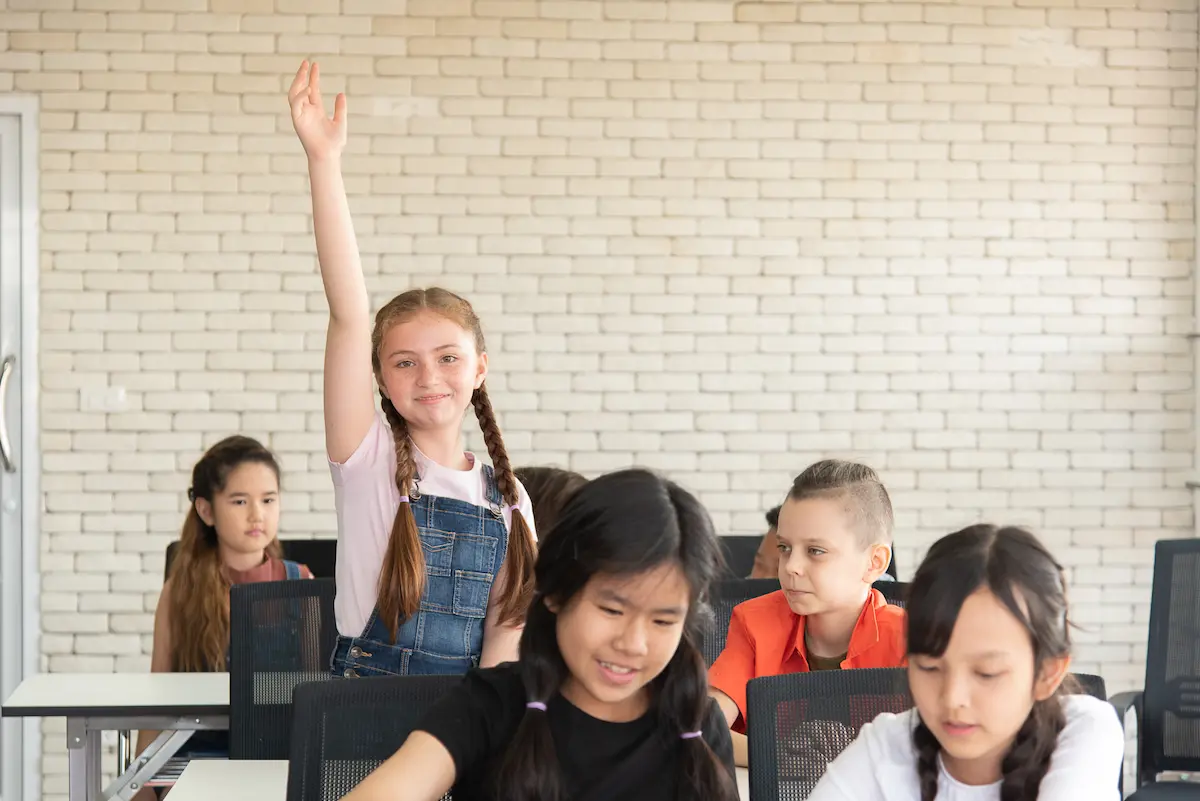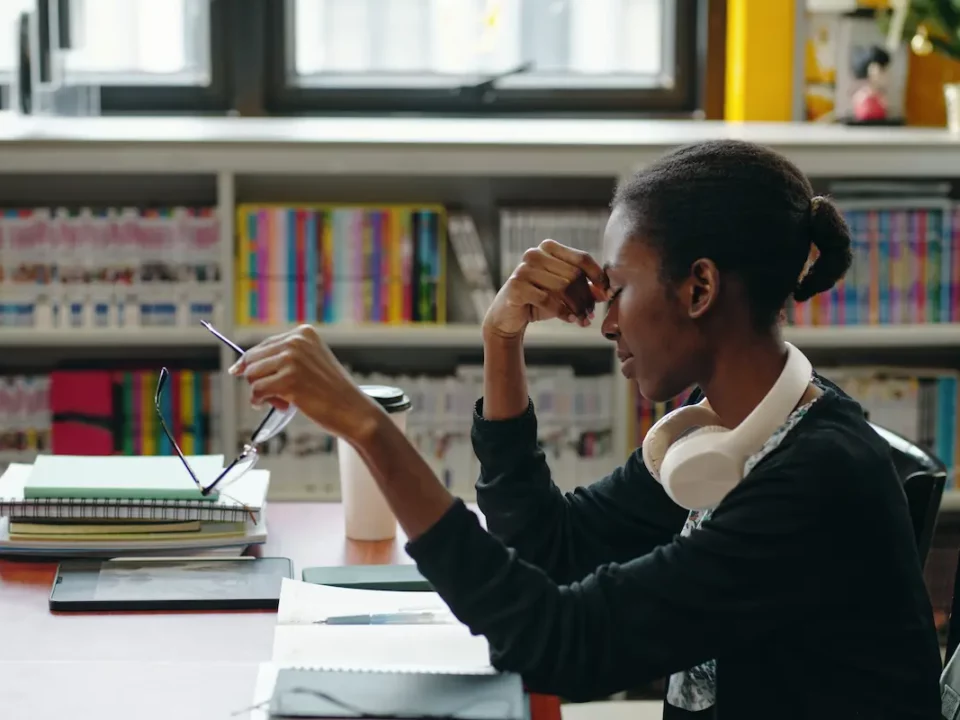Strategies for Creating an Inclusive Classroom

Every student should feel welcome and encouraged to participate in class. But what does it take to create a truly inclusive classroom? It’s not just about good intentions. It takes effort, strategy, and a little know-how.
What is an Inclusive Classroom?

An inclusive classroom is a place where every student feels comfortable jumping in and getting involved. No one’s left out or overlooked, no matter their background or abilities. It’s a space where everyone gets what they need to succeed. Teachers can make a big difference by encouraging a welcoming vibe, trying different teaching methods, and promoting teamwork. When done right, an inclusive classroom helps every student feel confident, capable, and excited to learn.
How to Create an Inclusive Classroom
Building an inclusive classroom takes a mix of effort, creativity, and a little strategy. But even small changes can make a big difference! Here are some easy ways to create a truly inclusive space for all students.
Say Their Name
Your classroom will be filled with students from all kinds of backgrounds, and you’ll probably hear some names that are new to you. Taking the time to learn and say each name correctly shows respect and helps everyone feel included. It might seem like a small thing, but a name is a big part of a child’s identity, and feeling valued starts with being recognized the right way.
Group Them Up
Group projects can feel a little intimidating, but they come with some big benefits. Working with classmates helps build teamwork skills and prepares students for real-world collaboration. Plus, it’s a great way to connect with peers they might not normally team up with, helping them grow socially and academically. Striking the right balance between letting students pick their own groups and assigning them is key.
 Teacher-assigned Groups
Teacher-assigned Groups
- Can lead to new friends
- Sometimes friction occurs
- Practice in navigating conflict
 Student-chosen Groups
Student-chosen Groups
- Strengthening existing friendships
- Some could feel left out
- Socializing may interfere with work
Finding the right balance between freedom and structure can help make group projects both fun and productive!
Respond Positively to Effort
Creating an inclusive classroom starts with making sure students feel comfortable speaking up. We’ve all been there: you ask a question and are met with total silence. It’s normal at the start of the year as students get used to their surroundings, but if it keeps happening, it’s worth addressing.
One of the best ways to boost participation is by creating a safe space for students to take risks. If a student answers incorrectly, a negative response can shut them down for good. Instead, encouragement and constructive feedback go a long way.
Studies show that only about 66% of students feel comfortable reaching out to teachers when they’re struggling. That’s why it’s so important to acknowledge mistakes as a normal part of the learning process. When students know it’s okay to get things wrong, they’ll be more confident, engaged, and ready to succeed!

These strategies will create a more inclusive classroom. When students feel a true sense of belonging, they can focus less on fitting in and more on learning, growing, and succeeding.
Free Character-Based Lesson Plans
School Datebooks believes in the power of inclusivity. Part of building an inclusive classroom is teaching your students about the importance of character. Utilize our free character-based lesson plans, or explore our other free resources!
Started in 1985, School Datebooks is the flagship company under the SDI Innovations umbrella and has provided datebooks to over 18,000 customers over the last 40 years. Learn more about what we do through our socials, Facebook, Twitter, Youtube, LinkedIn, Instagram, and TikTok.


